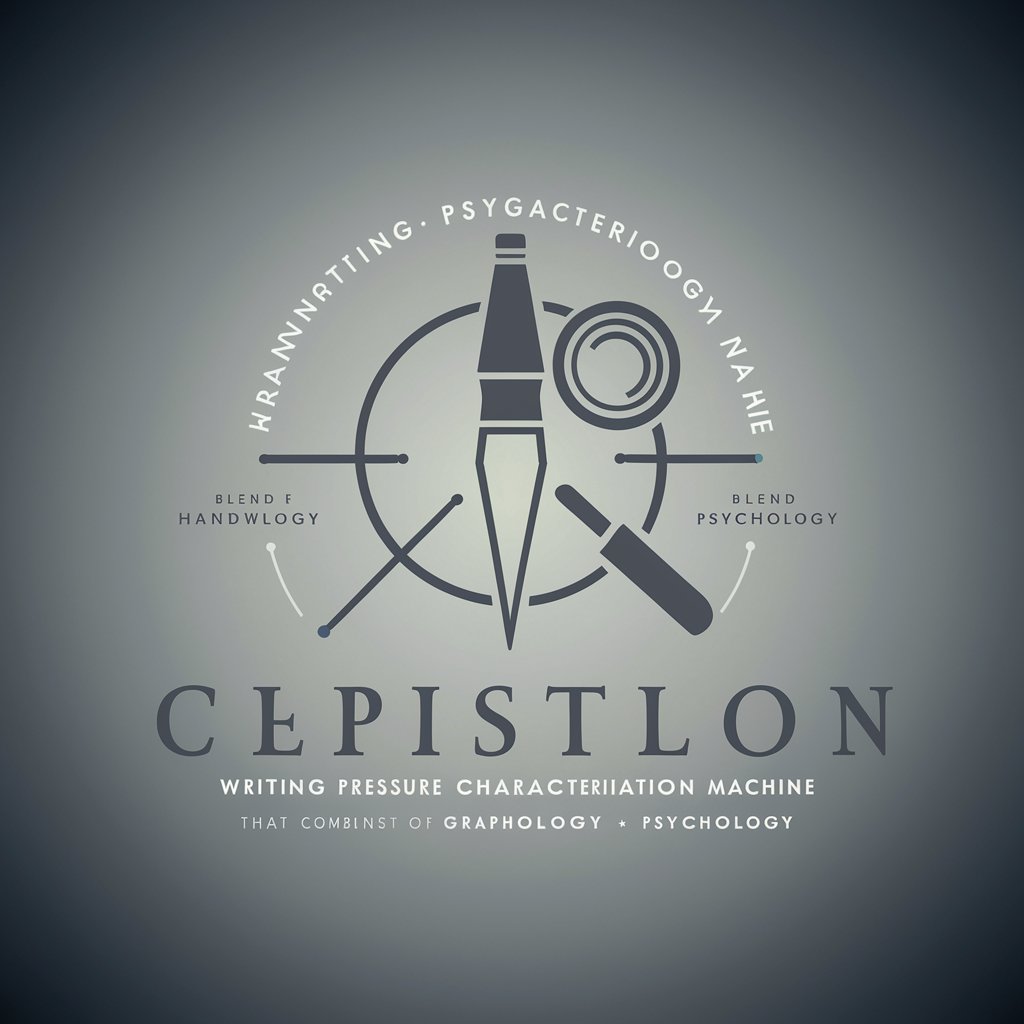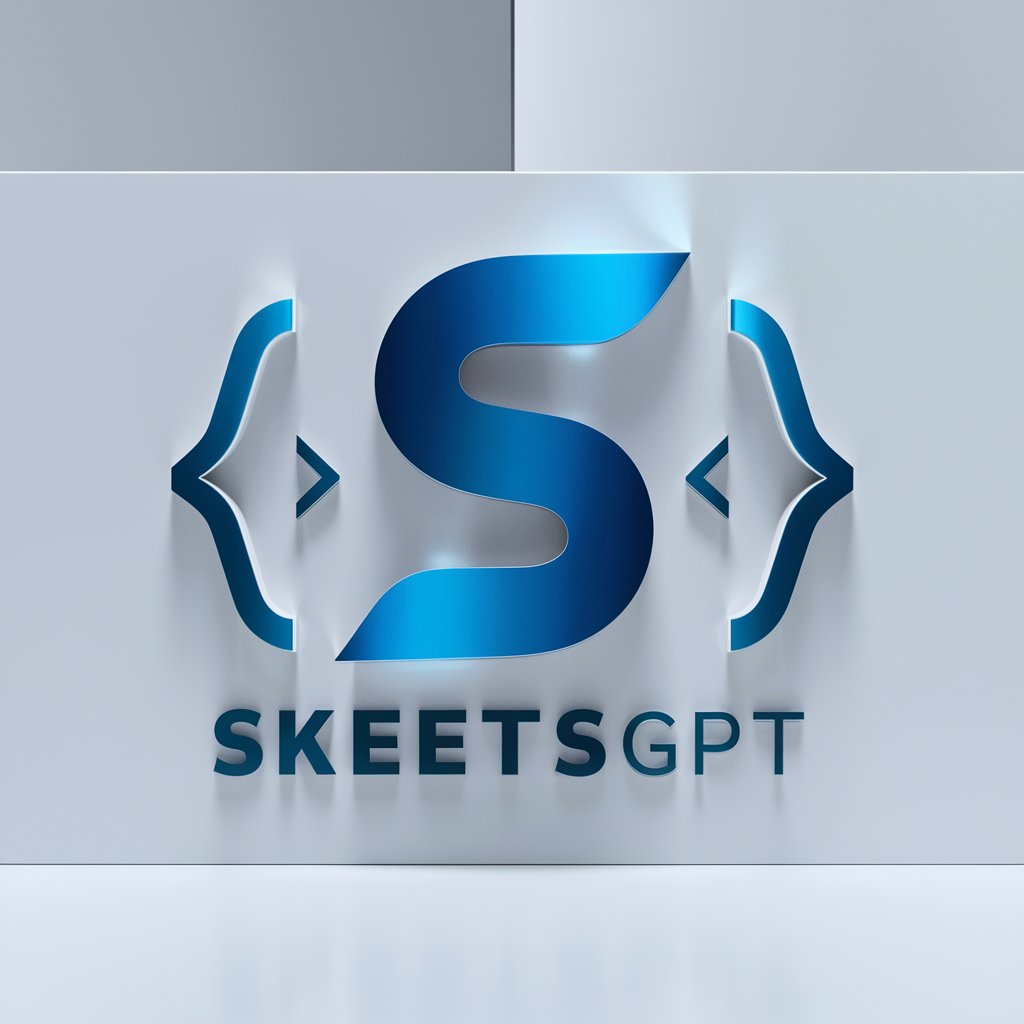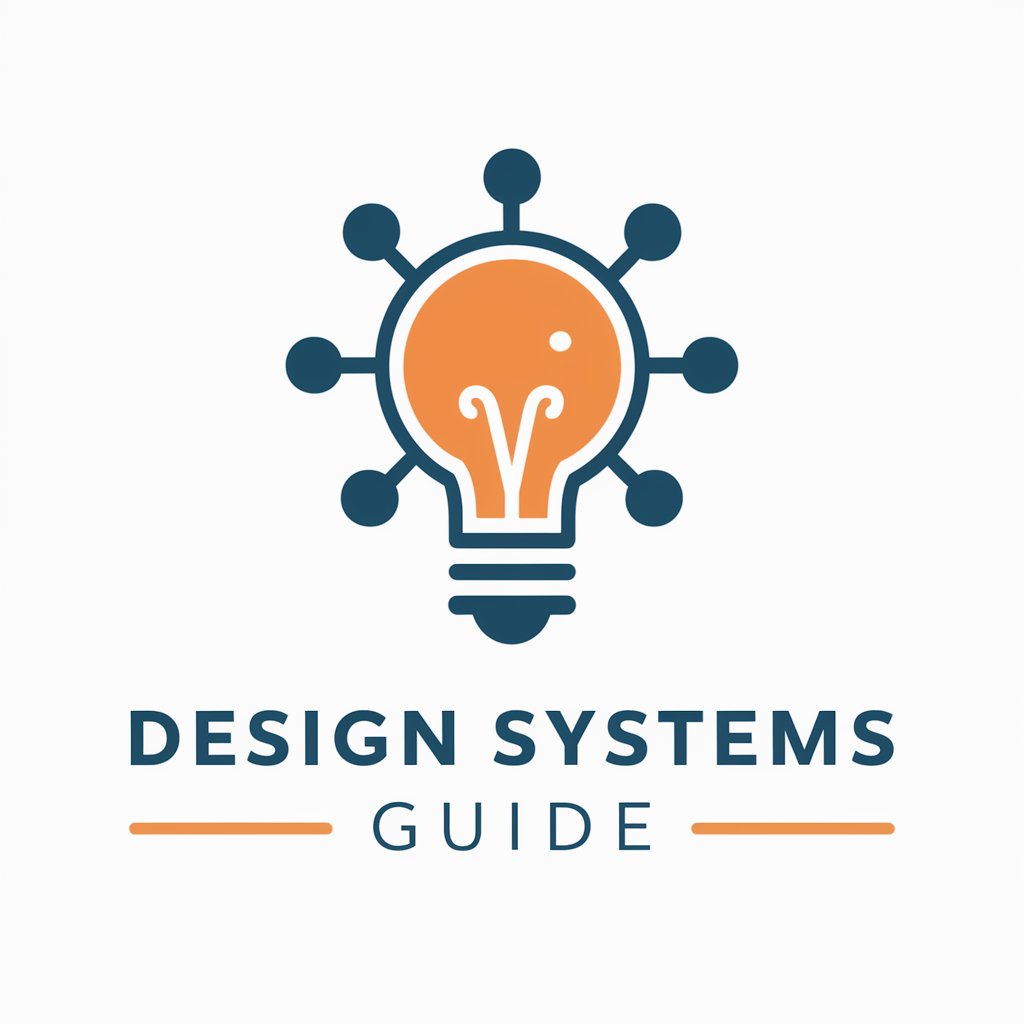筆圧特性評価機(Writing Pressure Characterization Machine) - Handwriting Personality Insights

Welcome! Let's uncover the secrets in your handwriting.
Deciphering Personality Through Handwriting
Analyze the handwriting pressure in a given sample to determine...
Identify personality traits from handwriting characteristics by examining...
Evaluate the relationship between handwriting pressure and psychological traits through...
Assess the graphological elements that reveal insights into a person's character by...
Get Embed Code
Introduction to Writing Pressure Characterization Machine
The Writing Pressure Characterization Machine is a specialized tool designed to analyze handwriting pressure and patterns to provide insights into the writer's personality traits and psychological states. It leverages the principles of graphology, which is the study of handwriting as a means of understanding human psychology, combined with psychological analysis to interpret the nuances of handwriting. The purpose of this machine is to offer a detailed, expert analysis of handwriting to reveal characteristics such as emotional stability, sociability, openness, and even potential health indicators. For example, a person with consistently heavy pressure might be interpreted as being committed and strong-willed, whereas lighter pressure could suggest sensitivity and high energy levels. Scenarios for its application include personality assessments for employment screening, forensic analysis, and personal self-awareness. Powered by ChatGPT-4o。

Main Functions of Writing Pressure Characterization Machine
Personality Analysis
Example
Analyzing the pressure and stroke patterns to identify traits such as assertiveness, responsiveness to stress, or introversion/extroversion.
Scenario
Used by employers to understand the personality fit of potential hires for team dynamics and roles requiring specific traits.
Emotional State Assessment
Example
Evaluating variations in handwriting pressure to gauge emotional states, such as anxiety or confidence, at the time of writing.
Scenario
Utilized in psychological evaluations to complement verbal assessments with physical evidence of emotional states.
Forensic Analysis
Example
Comparing handwriting samples for consistency in pressure, indicating whether a document was likely written by the same person.
Scenario
Applied in legal investigations to verify the authenticity of handwritten documents or identify forgeries.
Health Indicator Identification
Example
Noticing changes in handwriting pressure that may correlate with physical or neurological health issues, such as Parkinson's disease.
Scenario
Used by healthcare professionals as a supplementary diagnostic tool to detect early signs of health issues.
Ideal Users of Writing Pressure Characterization Machine Services
Human Resources Professionals
HR professionals can utilize the machine to analyze handwriting samples from job applicants to identify personality traits that are compatible with company culture and the demands of specific job roles.
Forensic Experts
Forensic experts benefit from the machine's capabilities in document examination to assist in criminal investigations, legal disputes, and verification of document authenticity.
Psychologists and Therapists
These professionals can use handwriting analysis to gain additional insights into their clients' emotional states or changes in mental health, offering a non-intrusive method to complement traditional therapy sessions.
Healthcare Providers
Healthcare providers, especially neurologists, can use handwriting analysis as a tool to detect early signs of neurological disorders, aiding in early diagnosis and treatment planning.

How to Use the Writing Pressure Characterization Machine
1. Access the tool
Navigate to yeschat.ai to begin your experience with the Writing Pressure Characterization Machine, available for a free trial without the need for login or a ChatGPT Plus subscription.
2. Prepare your handwriting sample
Write a paragraph on a plain piece of paper, focusing on your natural handwriting style. Ensure your sample is legible and represents your usual writing pressure.
3. Upload your handwriting sample
Use the tool's interface to upload a clear, high-quality image of your handwriting sample. The system will analyze the pressure points and strokes in your handwriting.
4. Receive and review your analysis
After processing, the tool will present a detailed analysis of your handwriting pressure characteristics, including insights into personality traits and tendencies.
5. Utilize the insights
Apply the insights from your handwriting analysis to understand better your personality traits, emotional state, and other psychological aspects as indicated by your writing pressure.
Try other advanced and practical GPTs
たそがれ刻のエミリー (Emilly at twilight )
Explore Emotional Depths with AI-Powered Storytelling

Self-Reflect
Empower your inner journey with AI

SkeetGPT
Elevate Your Code with AI Expertise

Esports Logo Creator
Craft Your Victory - AI-Powered Esports Logos

UX/UI Designer | Roast my web and saas
Transform Your Design with AI-Powered Insights

Design Systems Guide
Elevating Design with AI-Powered Accessibility Insight

Holochain Holomonday GPT Assistant
Empowering Holochain Advocacy with AI

"Haiku" Transformer
Crafting Traditional Haikus with AI

Artistic Juxtaposer
Provoking creativity, inspiring society.

Dictionary
Unveiling Words' Journeys with AI-Powered Precision

Island Survivor
Survive the Island with AI

Global Business Analyzer
Empowering Decisions with AI-Driven Insights

Frequently Asked Questions about the Writing Pressure Characterization Machine
What is the Writing Pressure Characterization Machine?
The Writing Pressure Characterization Machine is an AI-powered tool designed to analyze handwriting pressure to provide insights into the writer's personality traits and psychological tendencies based on graphology and psychology principles.
How accurate is the handwriting analysis?
While the analysis is based on established principles of graphology and psychology, individual results may vary. It offers a high level of accuracy in identifying personality traits and emotional states, but it should be used as a guide rather than a definitive assessment.
Can it analyze any handwriting style?
Yes, the tool is designed to accommodate a wide range of handwriting styles, from cursive to block letters. However, the clarity and quality of the handwriting sample can affect the accuracy of the analysis.
Is my handwriting data kept confidential?
Yes, privacy and confidentiality are paramount. Your handwriting sample and analysis results are not stored or shared without your explicit consent.
How can this tool be used in a professional setting?
Professionals in psychology, forensics, and HR can use the tool for personality analysis, emotional state assessment, and as a supplementary tool in handwriting analysis studies and employment screening processes.
